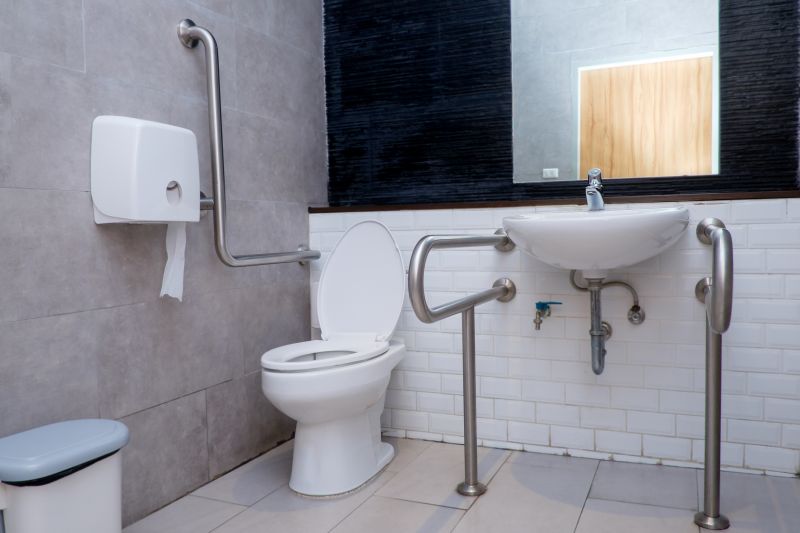Scheduling a Windows Installation
Spring and fall are often preferred for Windows installations due to moderate weather conditions and lower operational disruptions.
Mid-morning or early afternoon hours are ideal for installations, allowing ample time for completion during regular business hours.
Scheduling during weekends or outside of peak operational hours reduces impact on daily activities.
Ensure hardware and network infrastructure are prepared before scheduling to prevent delays.

Technicians preparing for Windows setup with tools and hardware.

Calendar with marked installation dates and planning notes.

Technician configuring systems during Windows installation.

Ways to make Windows Installations work in tight or awkward layouts.

Popular materials for Windows Installations and why they hold up over time.

Simple add-ons that improve Windows Installations without blowing the budget.
| Aspect | Details |
|---|---|
| Season | Spring and fall are ideal for installations. |
| Time of Day | Mid-morning or early afternoon preferred. |
| Operational Impact | Schedule during low-traffic periods. |
| Preparation | Ensure hardware and network readiness. |
| Backup Planning | Use planned maintenance windows. |
| Weather Conditions | Avoid extreme weather days for outdoor work. |
| Staff Availability | Coordinate with IT staff for support. |

Technicians working in a controlled environment with equipment.

Team reviewing schedules and procedures.

Preparing hardware components for Windows setup.

Verifying system stability after Windows setup.

High-end options that actually feel worth it for Windows Installations.

Finishes and colors that play nicely with Windows Installations.

Little measurements that prevent headaches on Windows Installations day.

A 60-second routine that keeps Windows Installations looking new.

A frequent mistake in Windows Installations and how to dodge it.

Small tweaks to make Windows Installations safer and easier to use.
Interested in scheduling a Windows installation? Filling out the contact form provides an easy way to arrange a suitable time. Proper planning and timing can lead to a more efficient and less disruptive process, ensuring systems are ready for operational needs.



